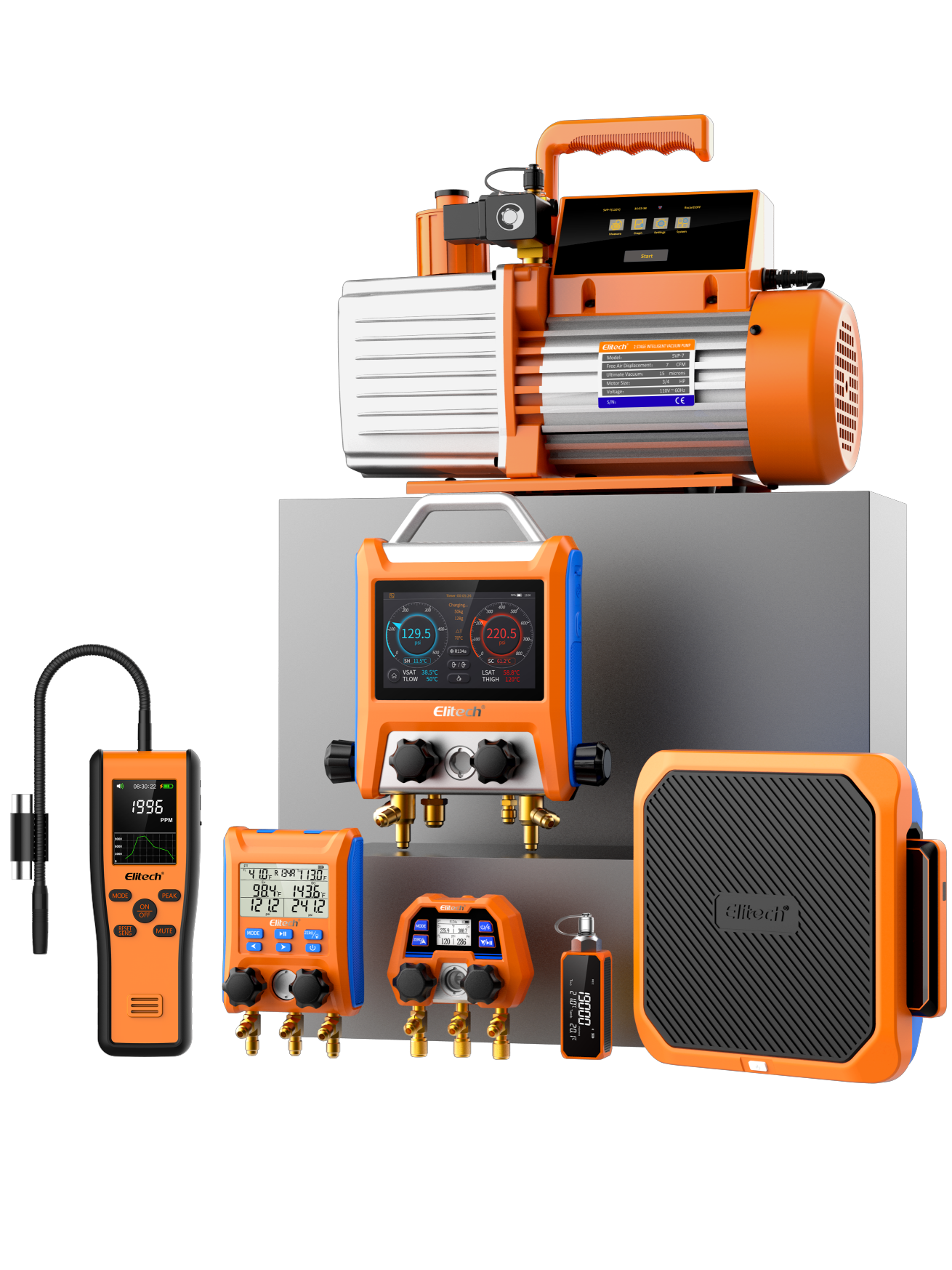
A Quick Guide to HVACR System Maintenance
Here’s a quick guide to HVACR system maintenance that covers key aspects of Heating, Ventilation, Air Conditioning, and Refrigeration system care:
1. Regular Inspection
- Frequency: Inspect the system every 3-6 months.
-
Checklist:
- Check for unusual noises, vibrations, or leaks.
- Ensure all components (fans, motors, belts) are working properly.
- Look for signs of corrosion, wear, or damage.
2. Filter Replacement
- Frequency: Every 1-3 months, depending on usage and air quality.
- Action: Replace or clean filters (if reusable) to ensure proper airflow and efficiency.
- Importance: Dirty filters reduce system efficiency, increase energy consumption, and decrease air quality.
3. Cleaning Coils
-
Evaporator Coil:
- Clean annually to prevent ice buildup and improve heat exchange.
-
Condenser Coil:
- Clean twice a year to remove dust, debris, and grime, which can lead to overheating.
- Tools: Use coil cleaners, soft brushes, and water.
4. Refrigerant Levels
- Frequency: Annually or when system performance drops.
- Action: Check refrigerant levels and inspect for leaks. Low refrigerant reduces cooling efficiency and can damage the compressor.
- Tip: Hire a certified technician to handle refrigerants as they are hazardous.
5. Lubricate Moving Parts
- Frequency: Every 6 months.
- Action: Lubricate motors, bearings, and fans to reduce friction and prevent wear.
- Impact: Proper lubrication extends the life of mechanical components and ensures smooth operation.
6. Check and Clean Drain Lines
- Frequency: Every 3-6 months.
- Action: Ensure drain lines are clear to avoid water buildup and mold growth. Clean any clogs or blockages.
- Condensate Pans: Inspect and clean to prevent overflow and water damage.
7. Thermostat Calibration
- Frequency: Annually.
- Action: Calibrate the thermostat to ensure accurate temperature readings.
- Result: A properly calibrated thermostat improves comfort and energy efficiency.
8. Electrical Connections and Components
- Frequency: Every 6 months.
- Action: Inspect electrical connections, wiring, and control boards for signs of wear, fraying, or corrosion.
- Check: Ensure tight connections and proper voltage.
- Tip: Turn off the system before inspecting electrical components.
9. Test System Performance
- Frequency: Seasonally (before summer and winter).
- Action: Run the system to check cooling and heating output. Ensure the system is reaching the desired temperatures and cycles on/off correctly.
- Monitoring: Watch for any issues like short cycling, inconsistent temperatures, or uneven airflow.
10. Ductwork Inspection
- Frequency: Annually.
- Action: Inspect ducts for leaks, obstructions, or debris. Clean ducts to maintain air quality.
- Sealing: Seal any leaks to improve system efficiency.
11. Monitor Energy Usage
- Action: Keep an eye on energy bills to spot any unusual spikes, which may indicate inefficiency or malfunction.
- Smart Thermostats: Use these to monitor and control energy usage more efficiently.
12. Professional Maintenance
- Frequency: At least once a year, schedule a professional HVACR inspection.
- Technician's Role: Professionals can conduct detailed checks, handle refrigerants, and perform complex repairs.
Conclusion:
Regular maintenance helps extend the lifespan of your HVACR system, ensures better performance, reduces energy costs, and improves indoor air quality. Always address small issues early to prevent expensive repairs later.

Deja un comentario